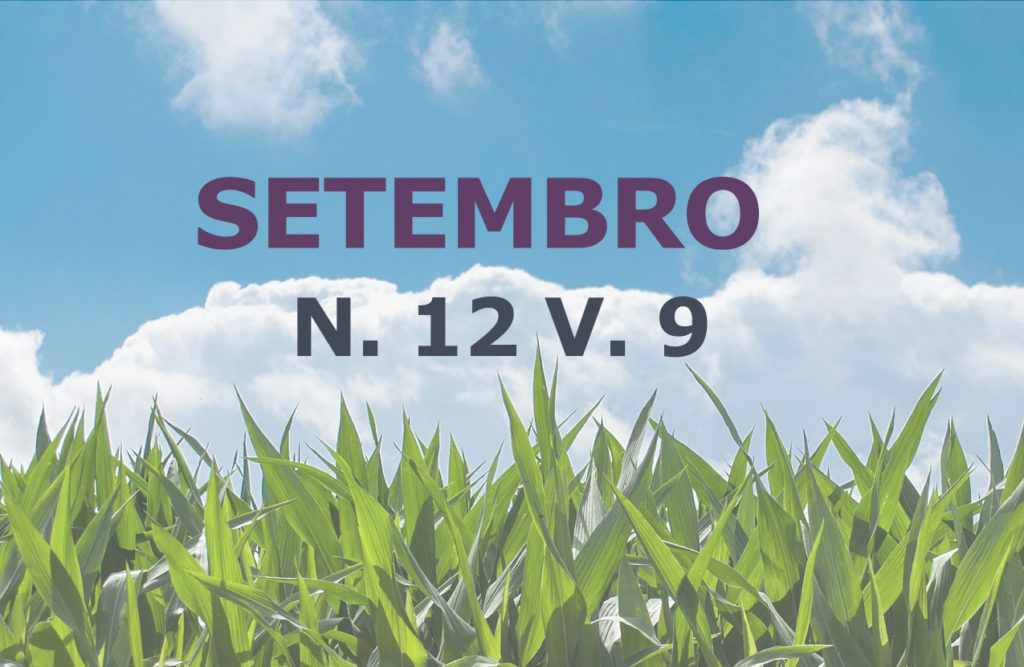Interrelation of the characteristics of cuttings in the vegetative propagation of Manihot glaziovii in semi-arid environment
DOI:
https://doi.org/10.31533/pubvet.v12n9a161.1-7Keywords:
cutting, forage, tree cassavaAbstract
The choice of a forage species is one of the most important factors when raising ruminants as a source of income. The objective of this study was to analyze the growth and development of Manihot seedlings as a function of different diameters and lengths of manioc subjected to irrigation in the municipality of Serra Talhada-PE, in the Brazilian semi-arid region. The plant material used for propagation analysis was the maniçoba forage species (Manihot glaziovii Müll. Arg.). The experimental design was completely randomized, in a 3x3 factorial arrangement, with three diameters of maniva (2.0; 3.0 and 4.0 cm) and three lengths of maniva (10; 15 and 20 cm), with eight replications. The analyzed characteristics were: number of shoots, length of shoots and number of leaves. Manihot glaziovii Müll. Arg. seedlings can be produced by asexual propagation, using mantras with a diameter of 3.0 cm and a length of 15 to 20 cm. The use of vegetative propagation presents a good sprouting rate, thus aiding in the propagation of the species.
Downloads
Published
Issue
Section
License
Copyright (c) 2018 Alexandre Maniçoba da Rosa Ferraz Jardim, Jônatas Pedro da Silva, Vicente José Laamon Pinto Simões, José Edson Florentino de Morais, Marcelo José da Silva, George do Nascimento Araújo Júnior, José Lypson Pinto Simões Izidro, José Raliuson Inácio Silva, Maurício Luiz de Mello Vieira Leite, Thieres George Freire da Silva

This work is licensed under a Creative Commons Attribution 4.0 International License.
Você tem o direito de:
Compartilhar — copiar e redistribuir o material em qualquer suporte ou formato
Adaptar — remixar, transformar, e criar a partir do material para qualquer fim, mesmo que comercial.
O licenciante não pode revogar estes direitos desde que você respeite os termos da licença. De acordo com os termos seguintes:
Atribuição
— Você deve dar o crédito apropriado, prover um link para a licença e indicar se mudanças foram feitas. Você deve fazê-lo em qualquer circunstância razoável, mas de nenhuma maneira que sugira que o licenciante apoia você ou o seu uso. Sem restrições adicionais
— Você não pode aplicar termos jurídicos ou medidas de caráter tecnológico que restrinjam legalmente outros de fazerem algo que a licença permita.





